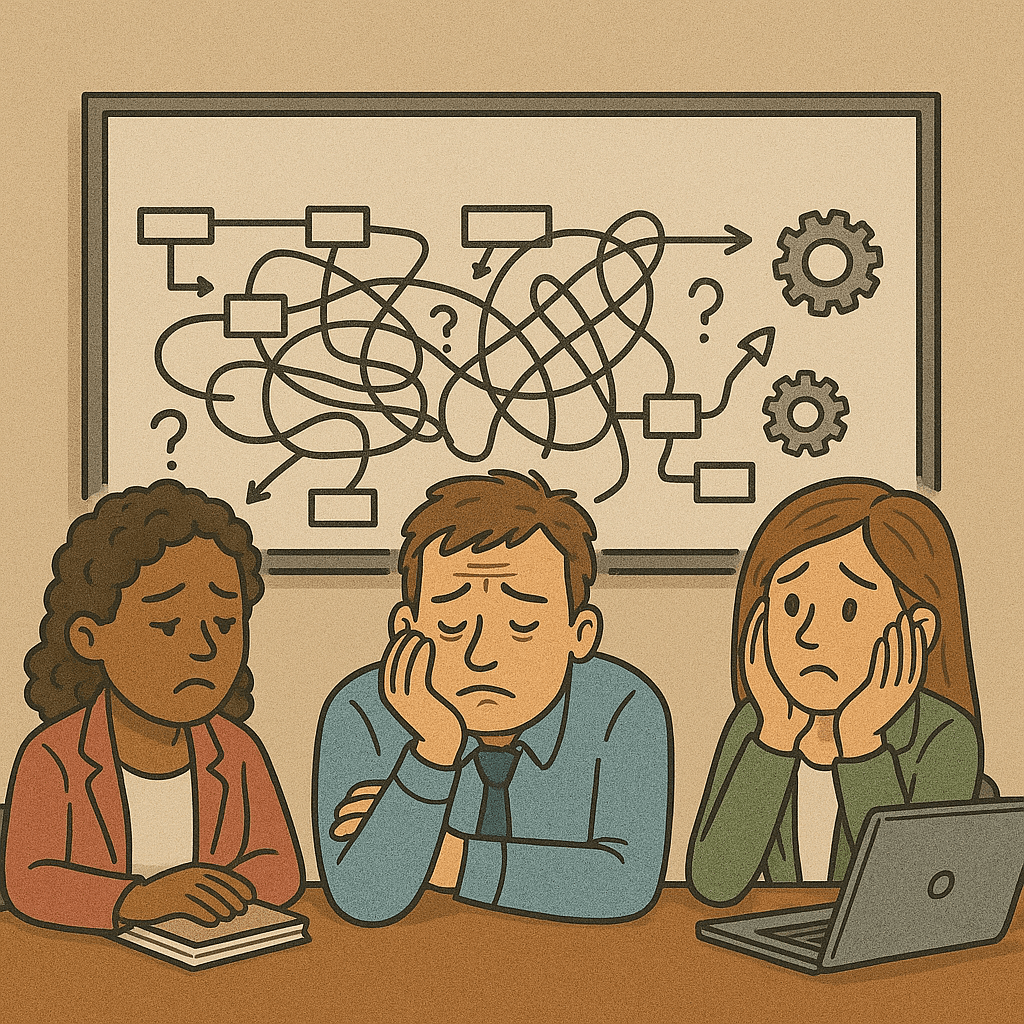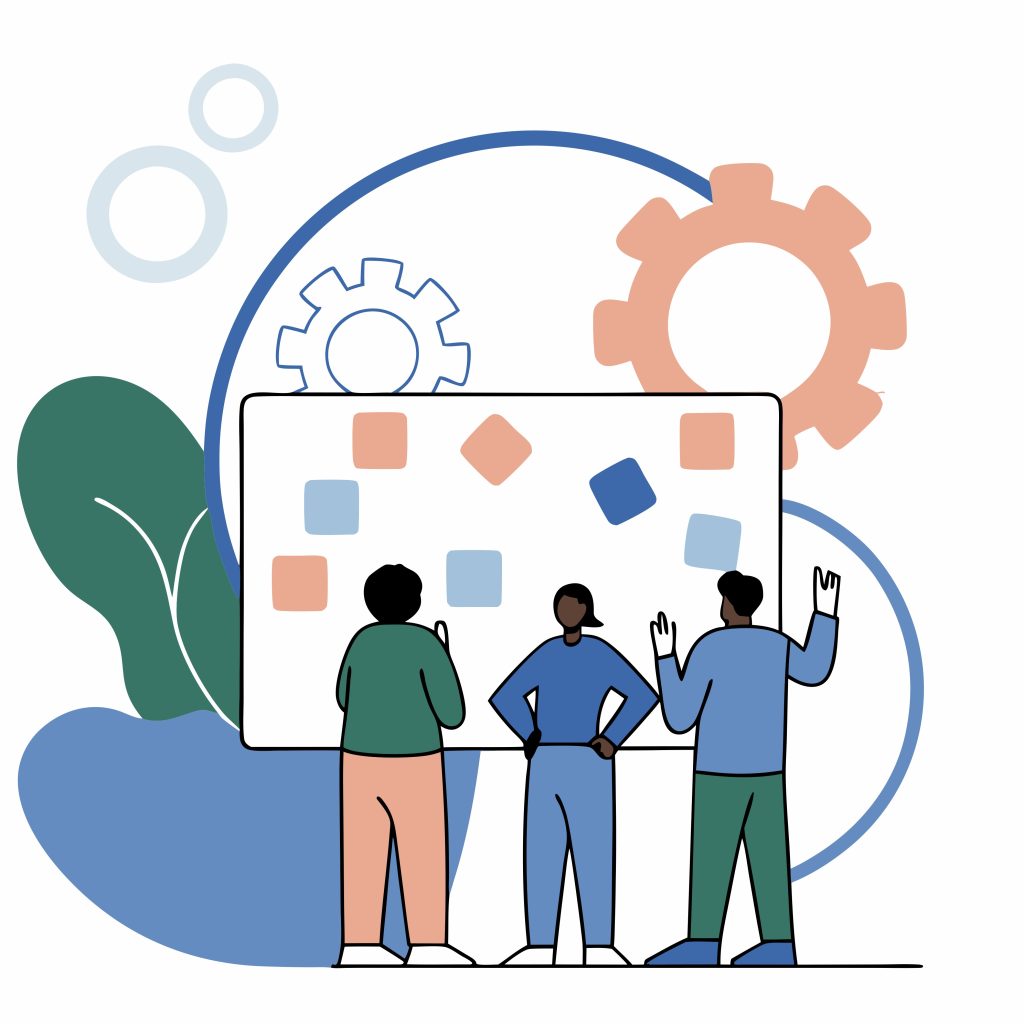Let us start with Feedback.
From Dictionary:
Feedback (/ˈfiːdbak/)
noun
information about reactions to a product, a person’s performance of a task, etc. which is used as a basis for improvement.
Feedback is one of the very important factors for the Agile team’s success.
Feedback is effective when Listened & Understood & Accepted.
To increase the effectiveness of the feedback, it has to be Specific, Timely, Compassionate, Sincere and Regular.
Let us quickly look at each one of them.
- Specific: When clearly articulated with example, the receiver could assimilate better. This helps the receiver to know what they did or did not do that lead to this feedback.
- Timely: Feedback should be given preferably (except on unavoidable circumstances) closer to the action or behaviour or event. Because, the experience is reasonably fresh in the memory of both the giver and the receiver. Would help the receiver introspect and arrive at logical next steps.
- Compassionate: The giver should always show compassion and take into account the feelings and sensitivities of the receiver. Especially while providing a constructive feedback for improvement or corrective feedback, the giver has to watch out for the tone, time, environment and the delivery nuances.
- Sincere: Giver should believe that the feedback is for the improvement of the receiver. The choice of words, verbal / non-verbal communication and the tone should always assure the receiver that the giver is genuinely concerned and cares for the success of the receiver.
- Regular: When feedback is shared regularly either when things are going well or not, deeper mutual trust would develop between the persons.
How to give a feedback:
- Purpose of the Feedback with clear examples
- Find the Right Time and Place (better to ask / check)
- Focus on the behavior (not on the person / personality)
- Take Time to Understand the Other Person’s Perspective
- Discuss possible resolutions / change
- Bear in mind the ‘cultural factors’
How to receive a feedback:
- Listen with out sounding defensive
- Ask clarifying questions and examples to understand the context better
- Manage emotions
- When you have counter points or different perspective to the same action / event / behaviour, do it politely and objectively
- If possible, sincerely discuss possible solution scenarios / action items
- the choice of acting on the feedback is yours. Irrespective of you accept or reject the feedback you may discuss that with the giver appropriately
As we all know, there are many cognitive biases that influence our actions & behaviour.
From Wikipedia (https://en.wikipedia.org/wiki/Cognitive_bias):
A cognitive bias is a systematic pattern of deviation from norm or rationality in judgment.[1] Individuals create their own “subjective social reality” from their perception of the input. An individual’s construction of social reality, not the objective input, may dictate their behaviour in the social world.[2] Thus, cognitive biases may sometimes lead to perceptual distortion, inaccurate judgment, illogical interpretation, or what is broadly called irrationality.
Even though there are many cognitive biases, let us look at a few that could influence Feedback.
Confirmation Bias
We tend to selectively listen to (or look for) information that matches / reinforces our existing believes / assumptions.
- Anchoring Bias
We tend to be influenced by the first information we receive.
- Recency Effect
We remember recent events or information from near past and this has greater impact on our thoughts / decisions.
- Negativity Bias
Brain is more sensitive to negative information. Remembers unpleasant news better than pleasant.
Being aware of such biases, we will become a better giver and receiver of effective feedback.
Courtesy and further reading:
https://www.verywellmind.com/what-is-a-cognitive-bias-2794963
http://mentalfloss.com/article/68705/20-cognitive-biases-affect-your-decisions





